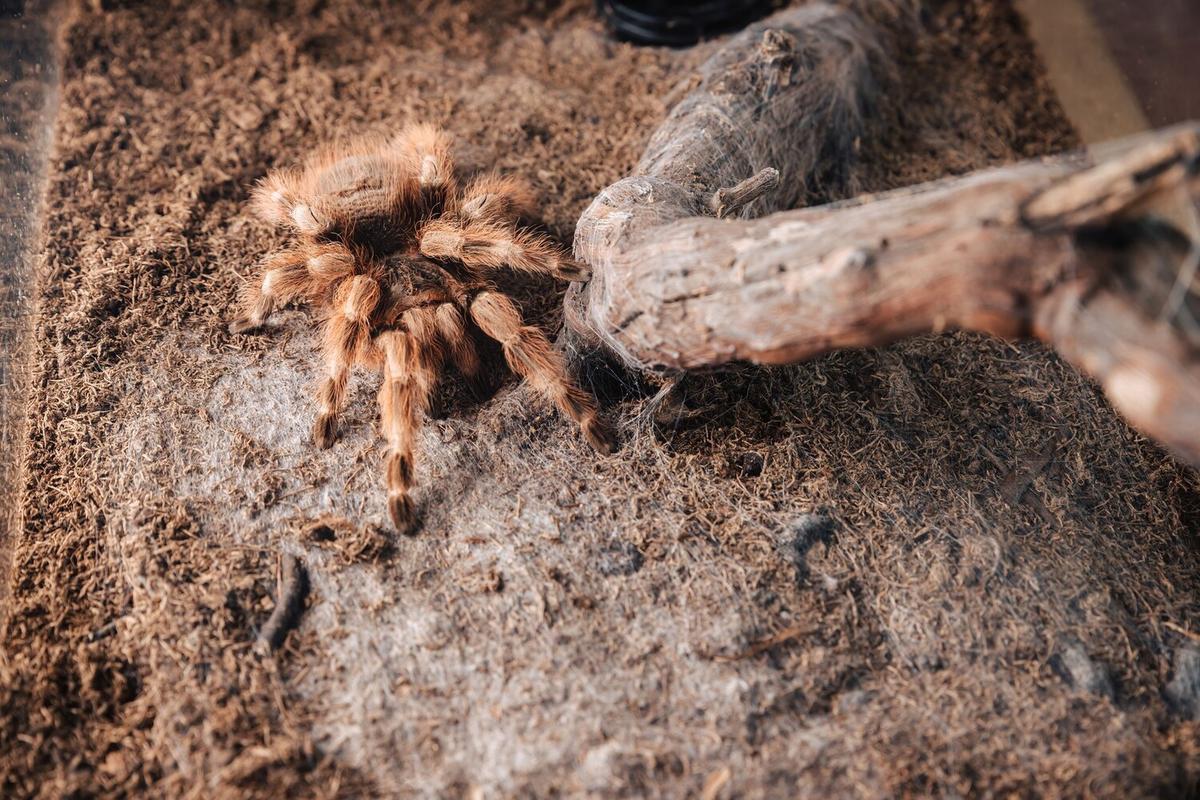
The Basics of Caring for a Pet Tarantula
For those with a taste for the unique and the exotic, tarantulas offer an intriguing alternative to more traditional pets. These fascinating arachnids require specific care, making them both a challenge and a delight for pet enthusiasts.
When considering a tarantula as a pet, understanding their needs is crucial for their well-being. Tarantulas are relatively low-maintenance compared to other exotic pets, but they do have specific requirements that must be met to thrive.
Getting Started with Your Tarantula
Tarantulas make for fascinating and relatively easy-to-care-for pets, especially for those venturing into the world of exotic pets. According to arachnologist Dr. Andrew Smith, ‘Tarantulas are a great choice for those interested in invertebrates due to their low maintenance and interesting behaviors.’
Choosing the Right Species
There are over 800 species of tarantulas, but not all are suitable for beginners. New enthusiasts might start with species like the Chilean Rose or the Mexican Redknee, known for their docile nature. Always research the specific needs of your chosen species before purchasing.
Setting Up the Habitat
A proper habitat is key to a tarantula’s health. A typical enclosure should have a secure lid, be ventilated, and provide enough space for the spider to move comfortably. An ideal setup would include hiding spots and substrate material like coconut fiber to maintain humidity levels.
| Item | Purpose |
|---|---|
| Enclosure | Provides a safe and secure environment |
| Substrate | Maintains humidity and offers a digging surface |
| Hiding Spot | Offers a sense of security |
| Water Dish | Ensures hydration |
| Heat Mat | Regulates temperature during colder months |
| Thermometer | Monitors temperature |
| Hygrometer | Monitors humidity levels |
| Decor | Enhances aesthetic and provides enrichment |
Feeding Your Tarantula
Tarantulas typically eat live prey such as crickets or roaches. It’s important to feed them appropriately sized meals to avoid overfeeding. Generally, a few insects once a week is sufficient. Always remove uneaten prey to prevent stress or harm to the tarantula.
Pro Tip: Ensure that the prey is gut-loaded, meaning they are fed nutritious food prior to feeding them to your tarantula. This provides better nutrition for your spider.
Handling and Interaction
While tarantulas can be handled, it is not necessary for their care and can sometimes stress them. If you choose to handle your tarantula, do so gently and infrequently. Remember, tarantulas can be quite fragile despite their fearsome appearance.
Common Concerns and Maintenance
Maintaining a healthy tarantula involves regular checks of its environment and health. Keep an eye out for molting, a natural process where they shed their exoskeleton. This is a vulnerable time for tarantulas, so ensure their habitat is undisturbed.
FAQs about Caring for a Pet Tarantula
How often should I clean the tarantula’s enclosure?
Spot clean regularly, and perform a deep clean every 4-6 months.
What temperature should the enclosure be kept at?
Most tarantulas thrive at temperatures between 70-85°F (21-29°C).
Can I house multiple tarantulas together?
No, tarantulas are solitary creatures and should be housed individually to prevent cannibalism.
Conclusion
Caring for a pet tarantula can be an enriching experience, offering a glimpse into the fascinating world of arachnids. By understanding their unique needs and behaviors, you can ensure a happy and healthy life for your tarantula companion. Whether you’re a seasoned exotic pet owner or a curious beginner, the world of tarantulas is one worth exploring.


